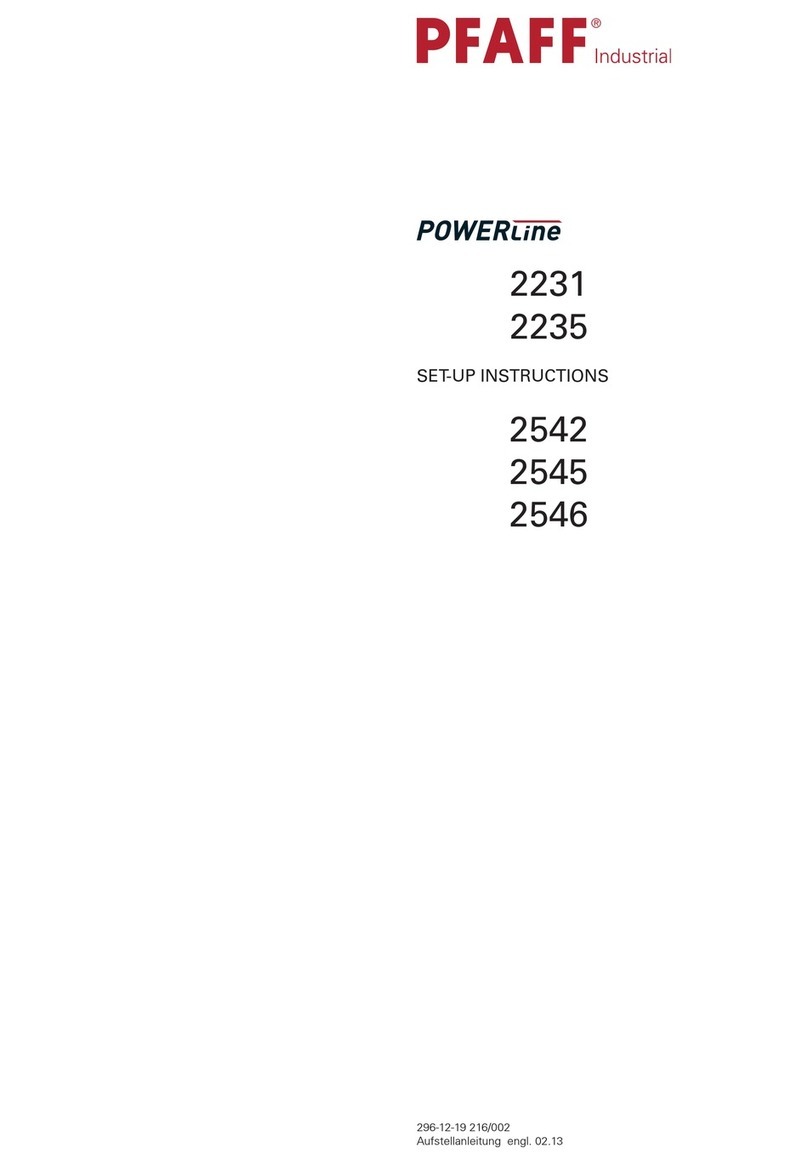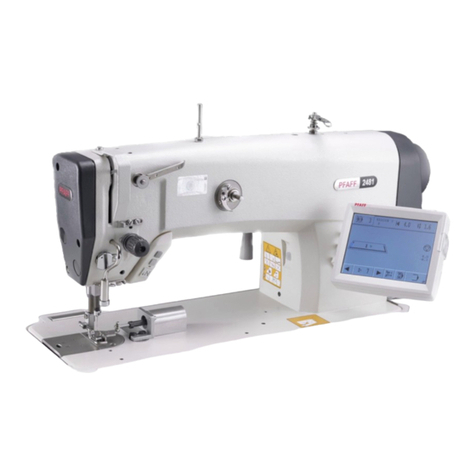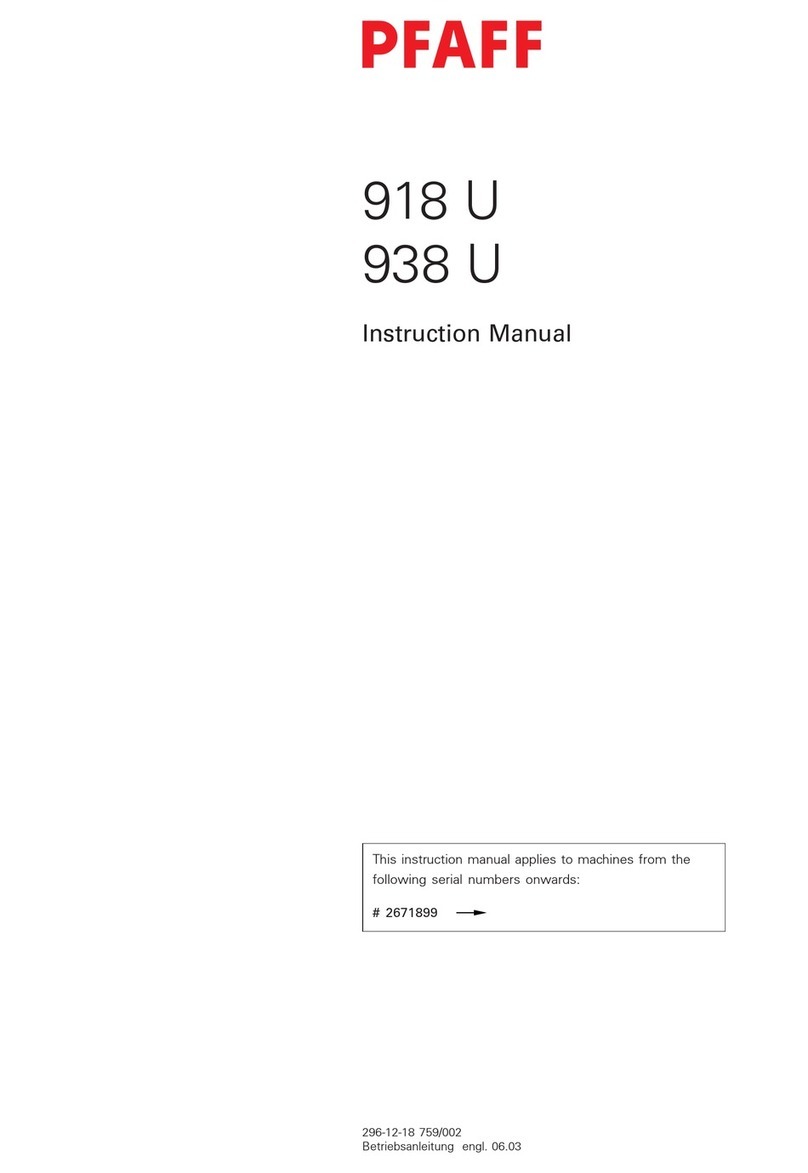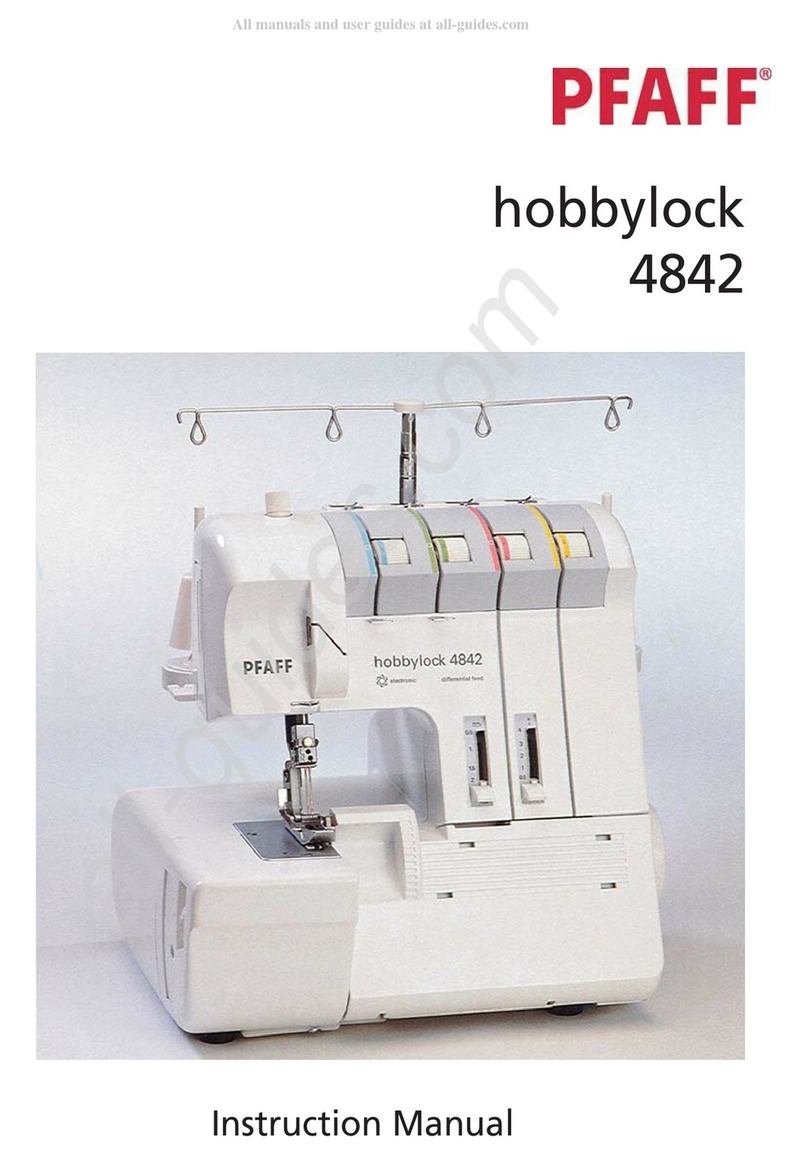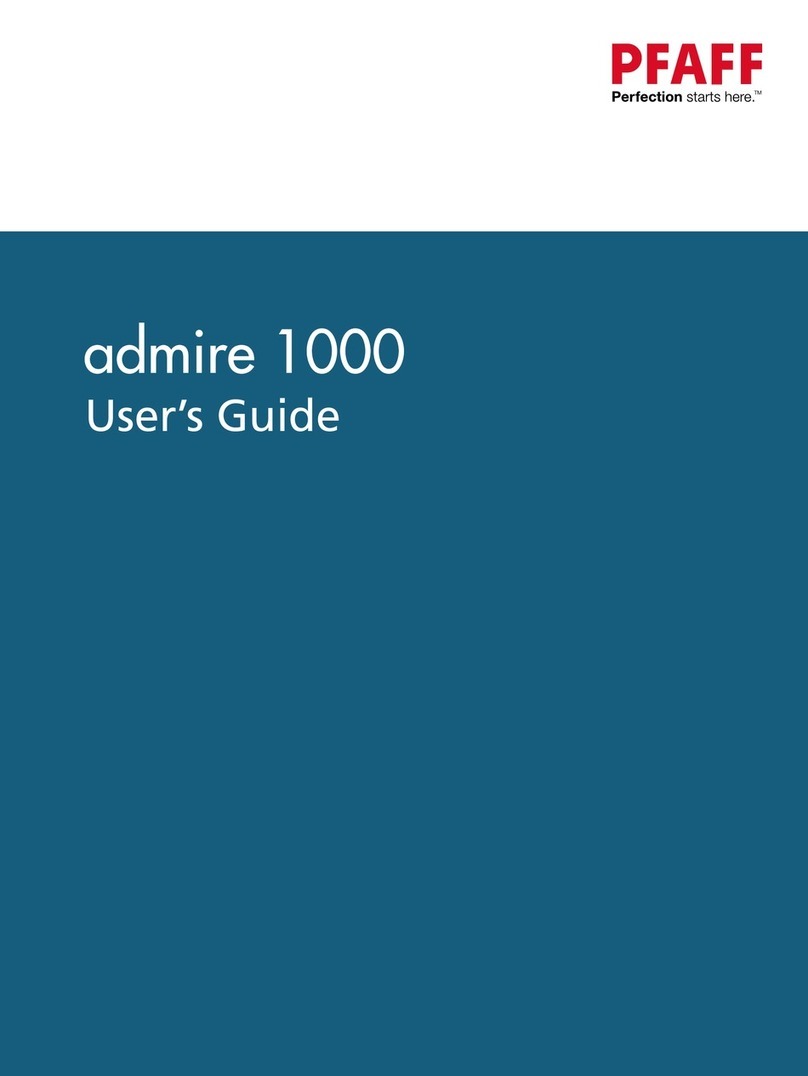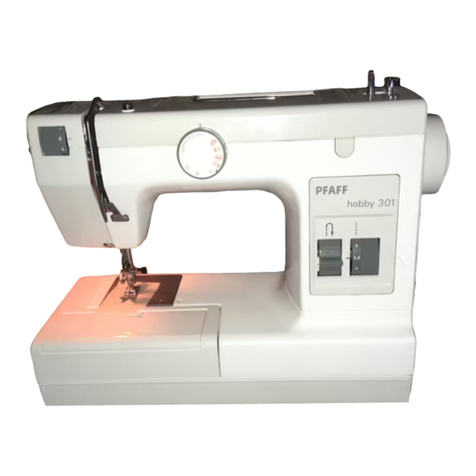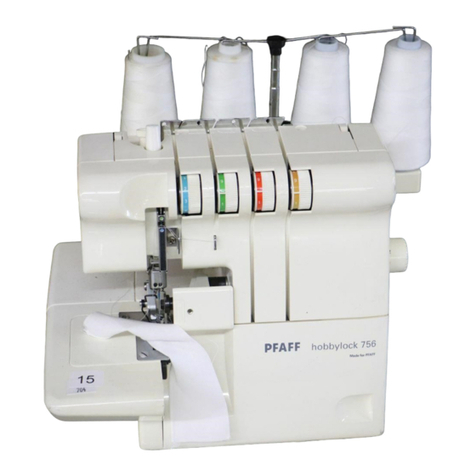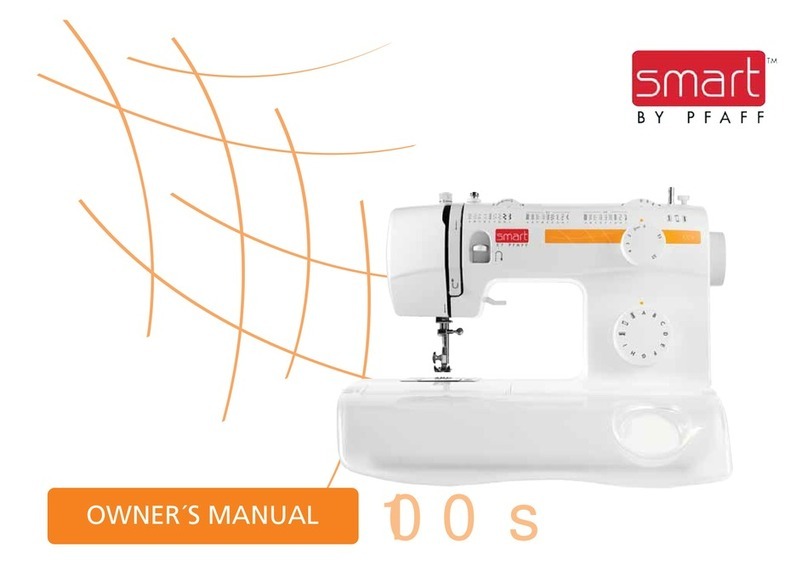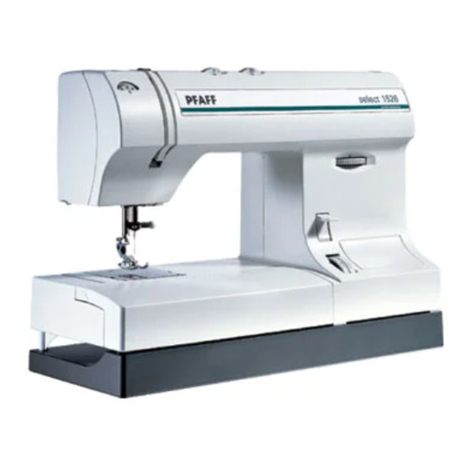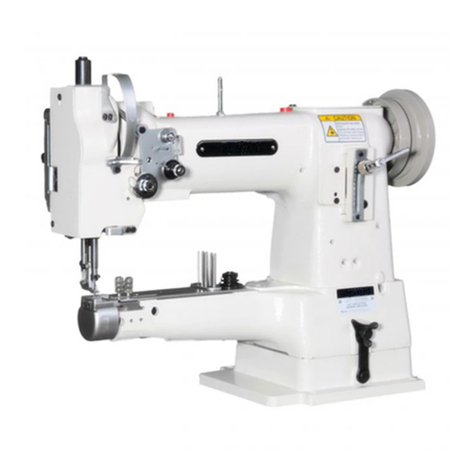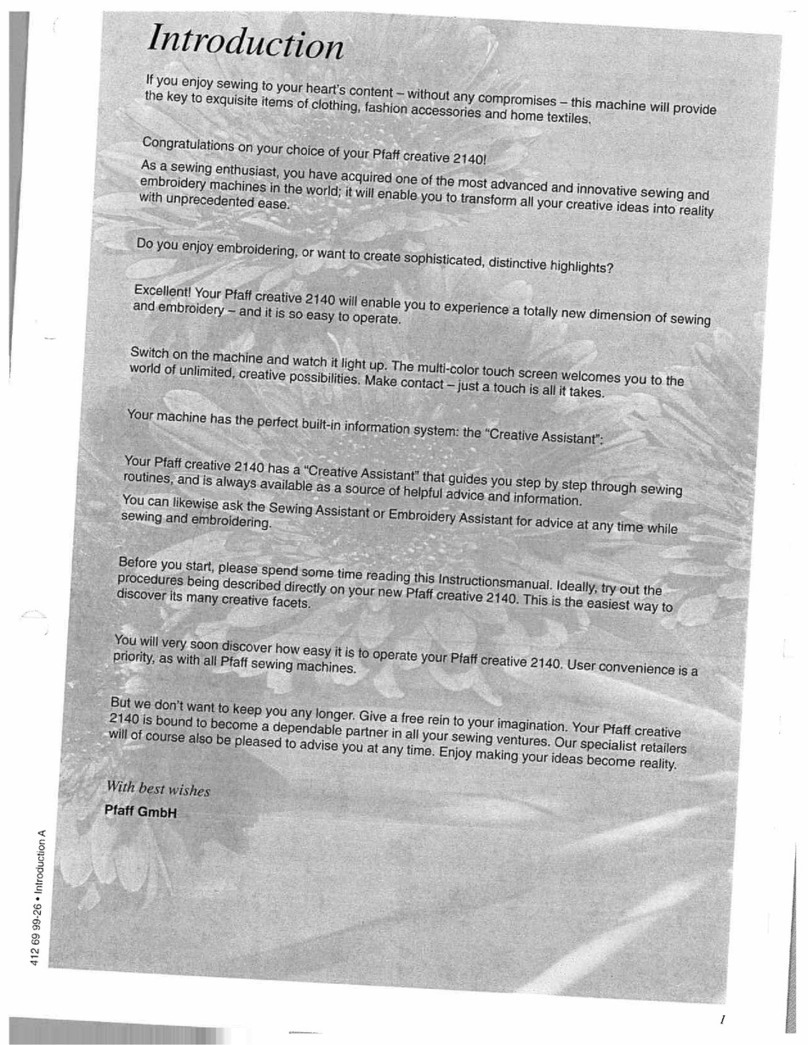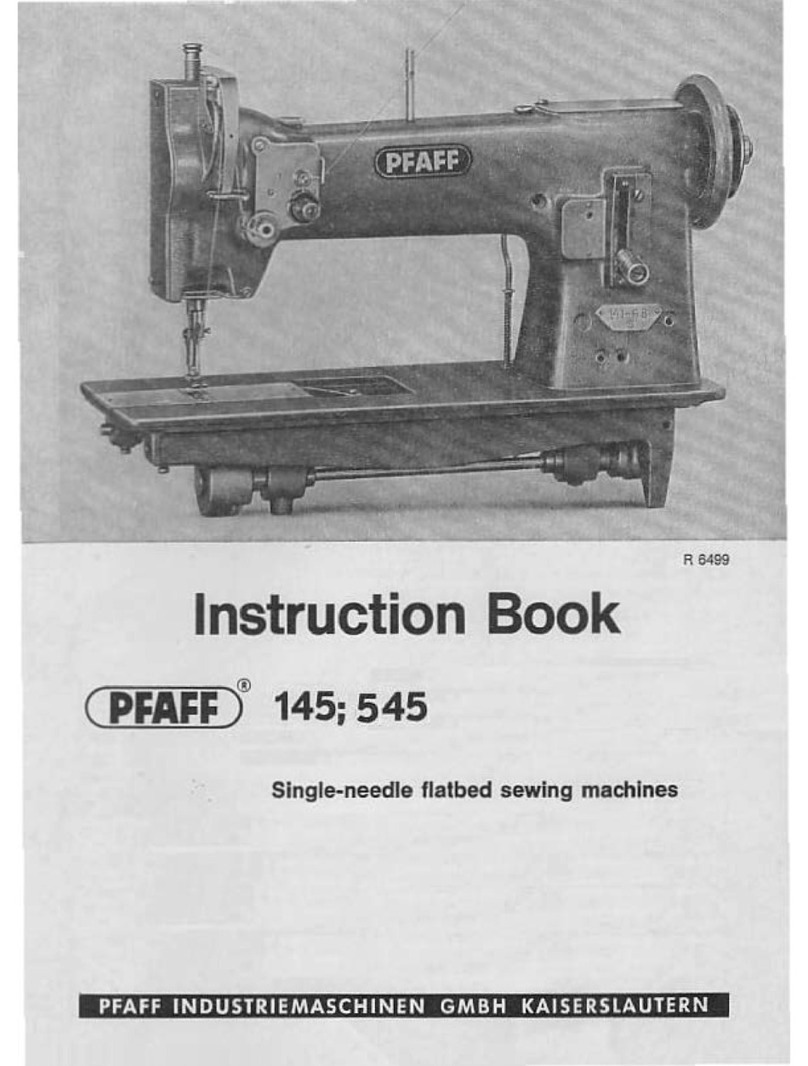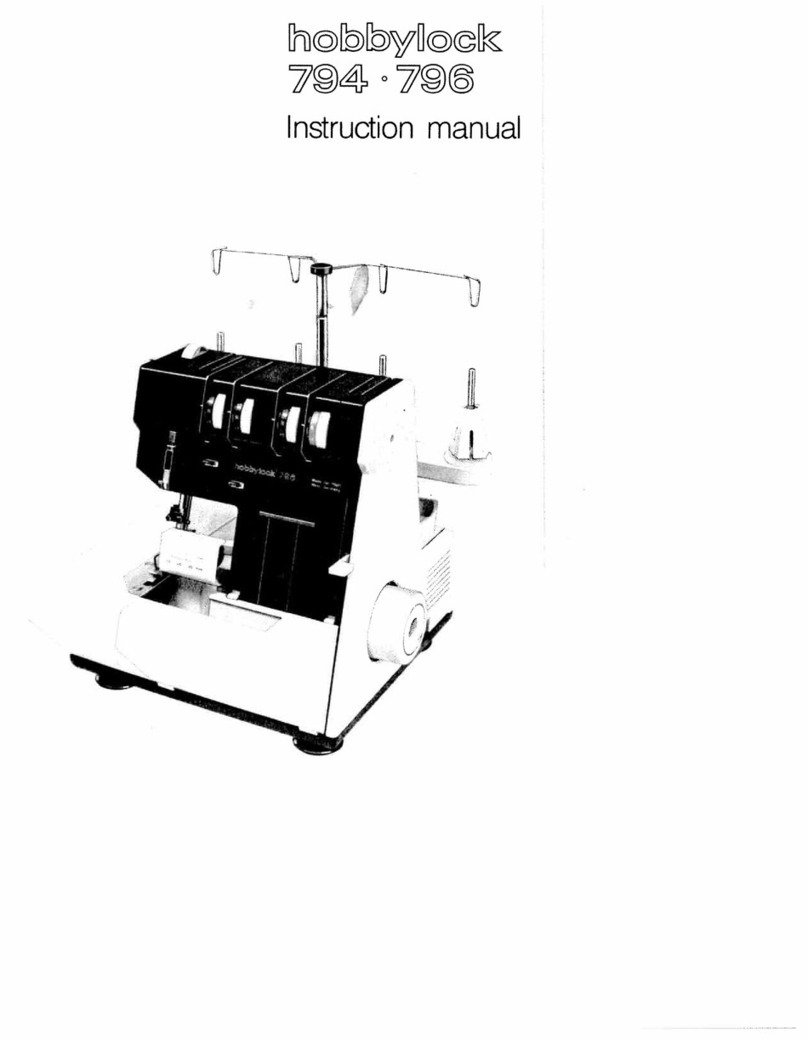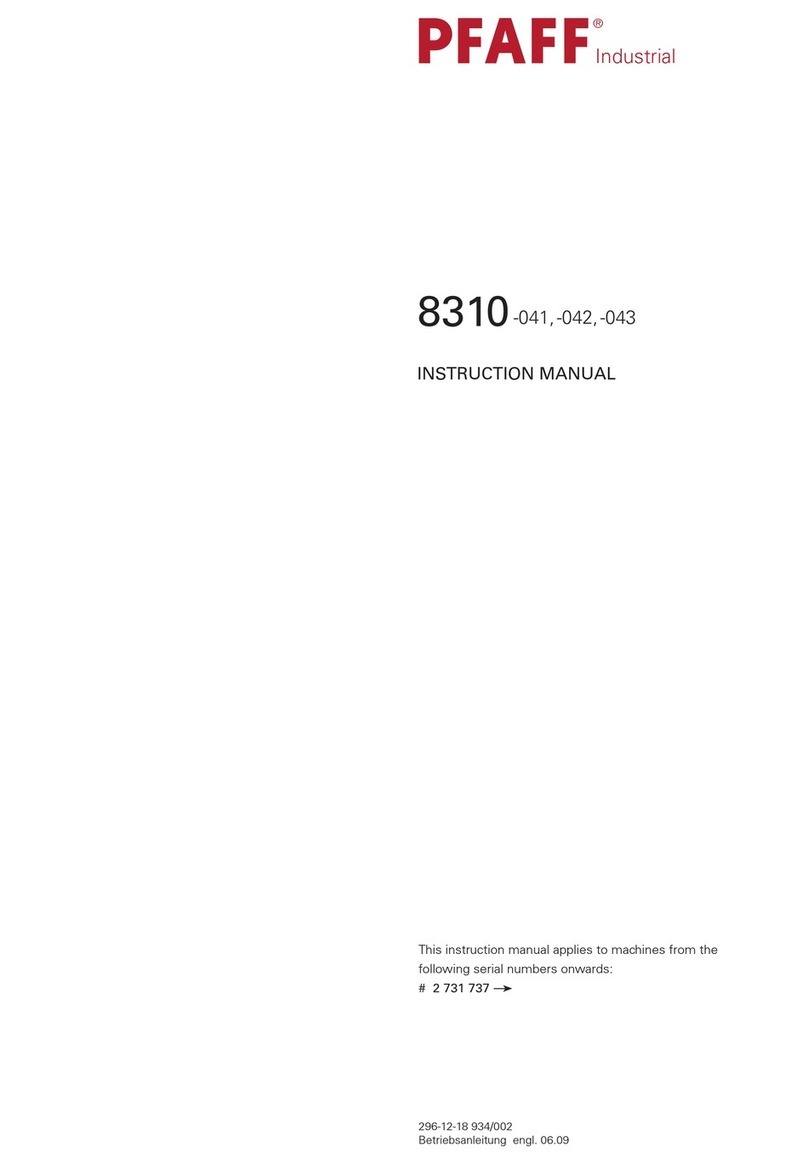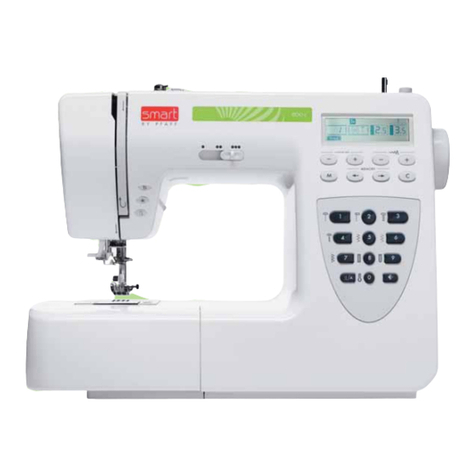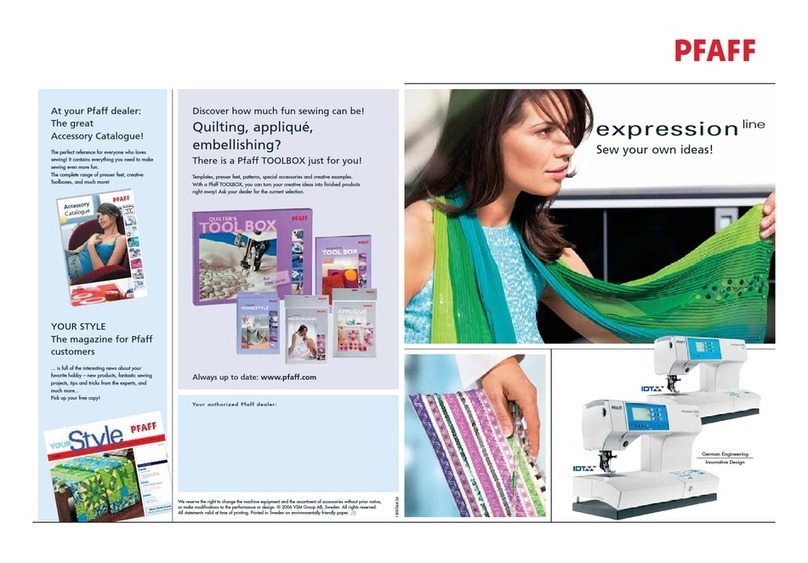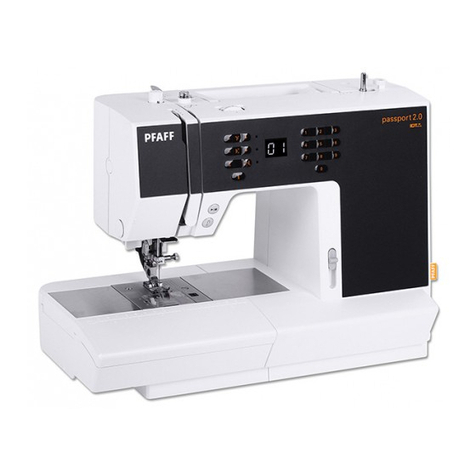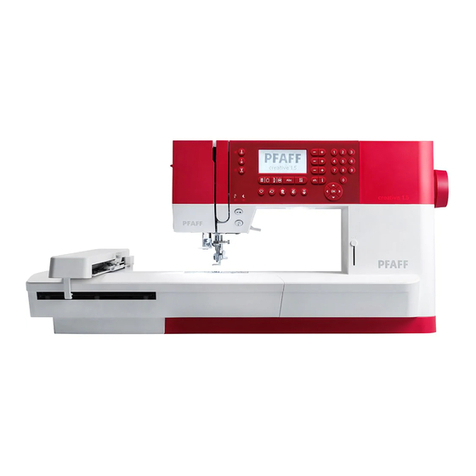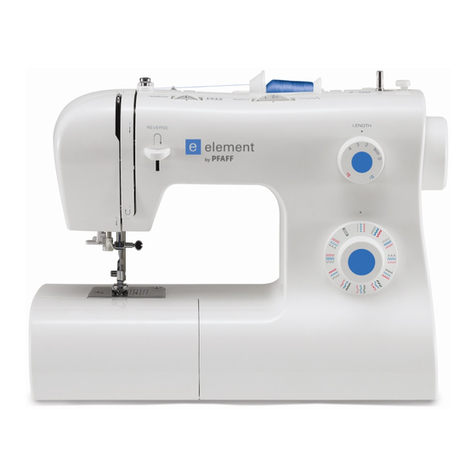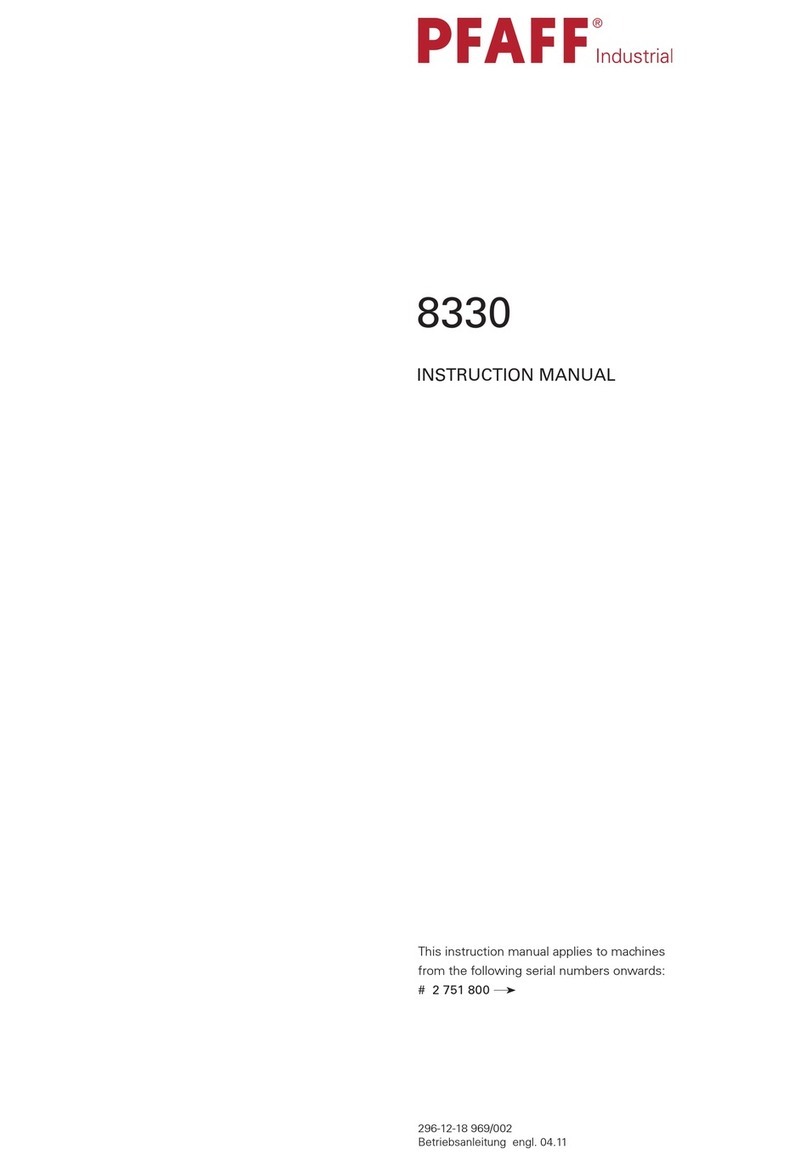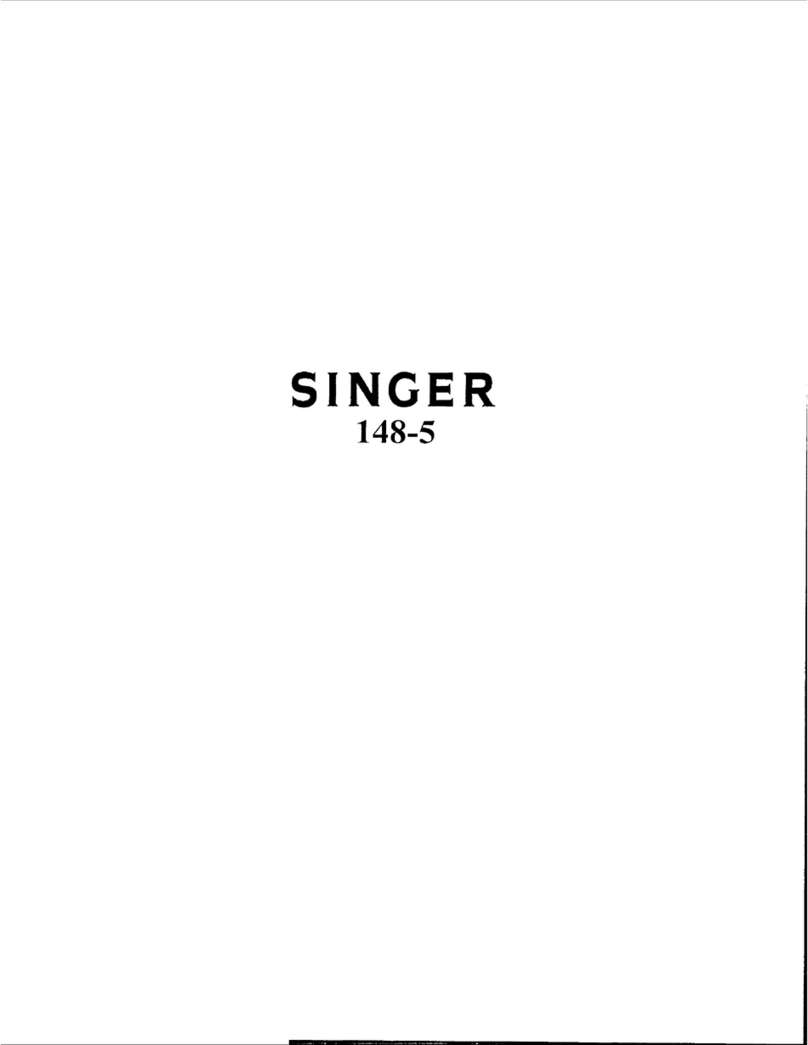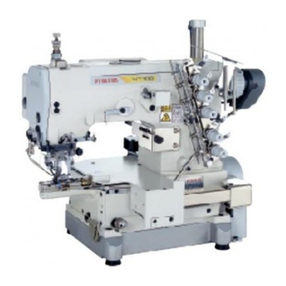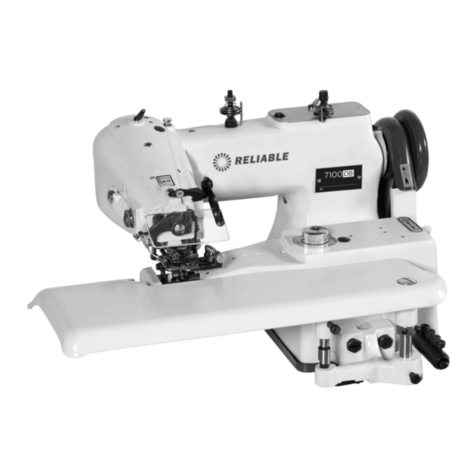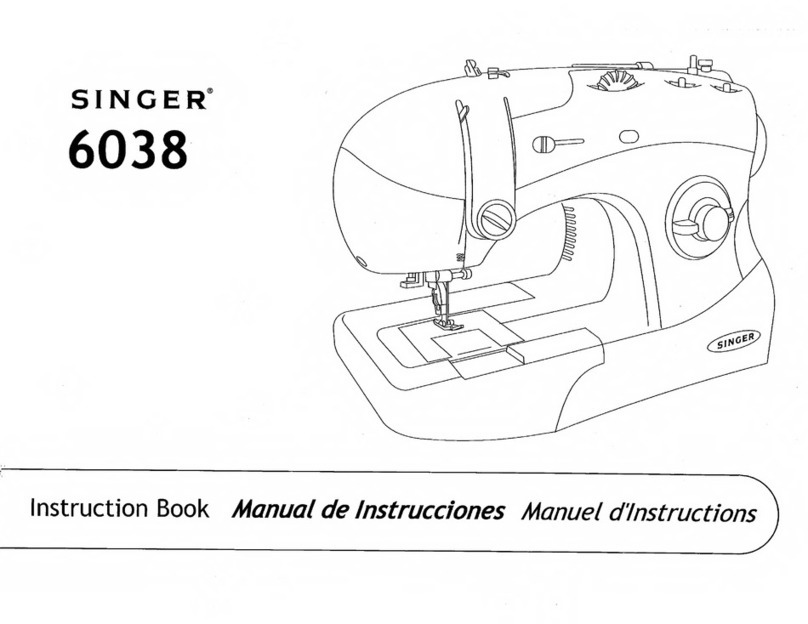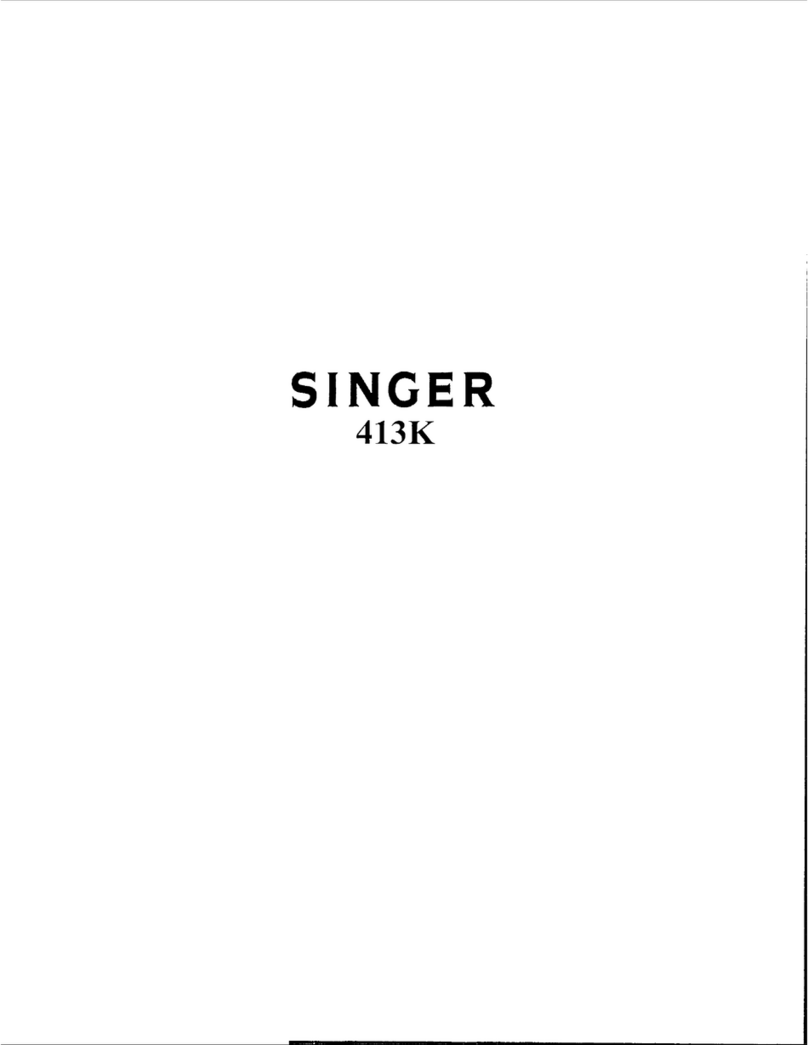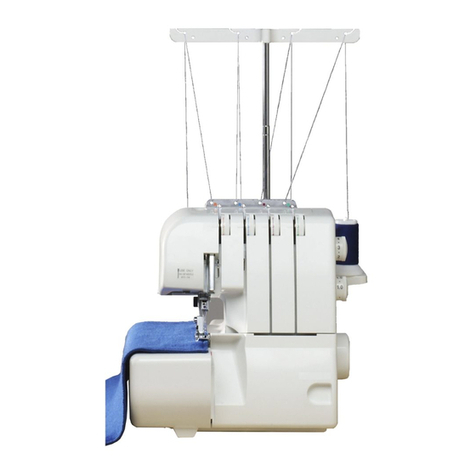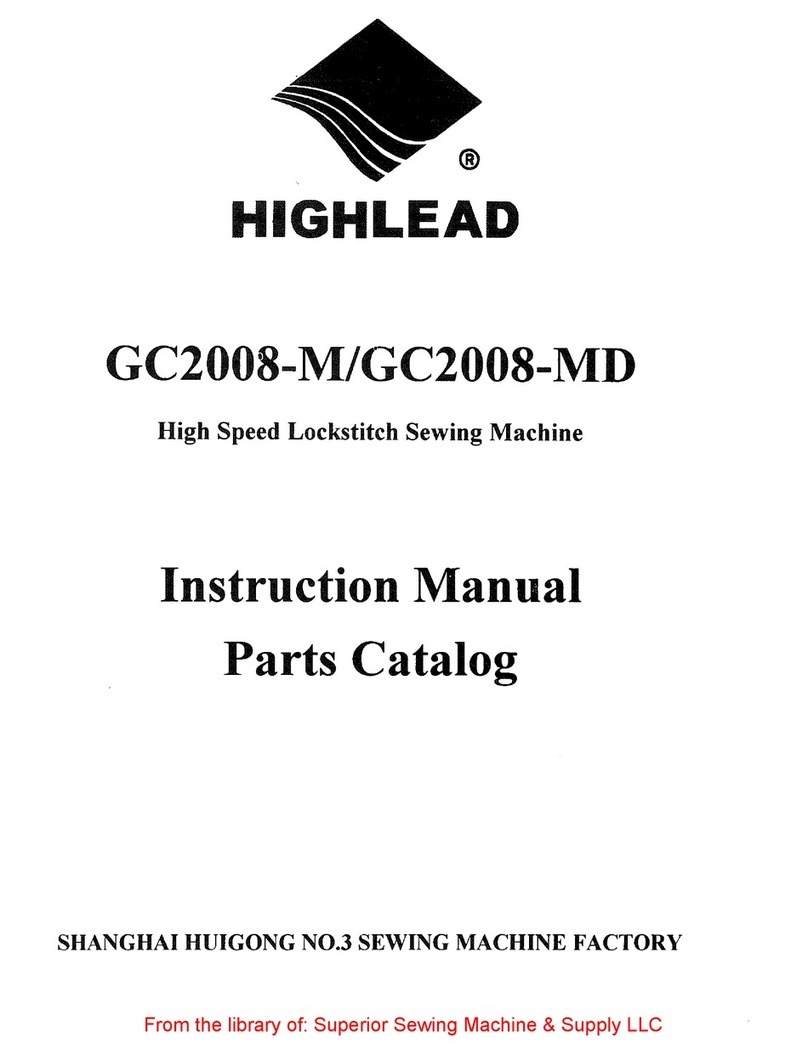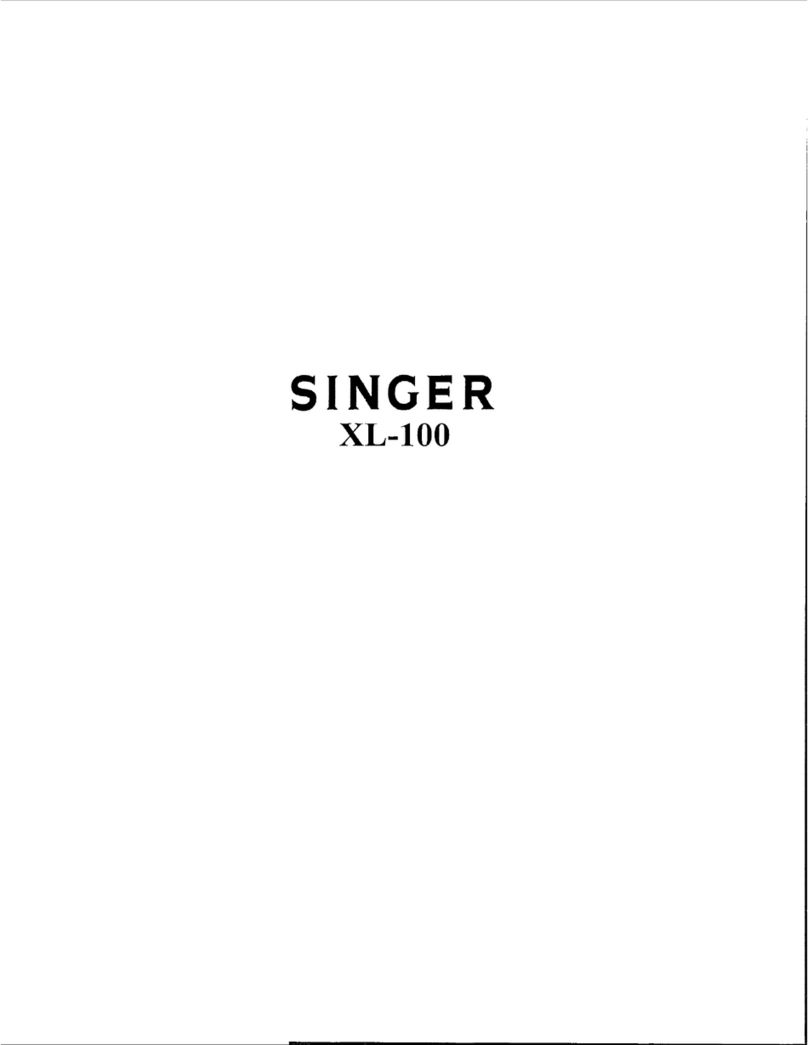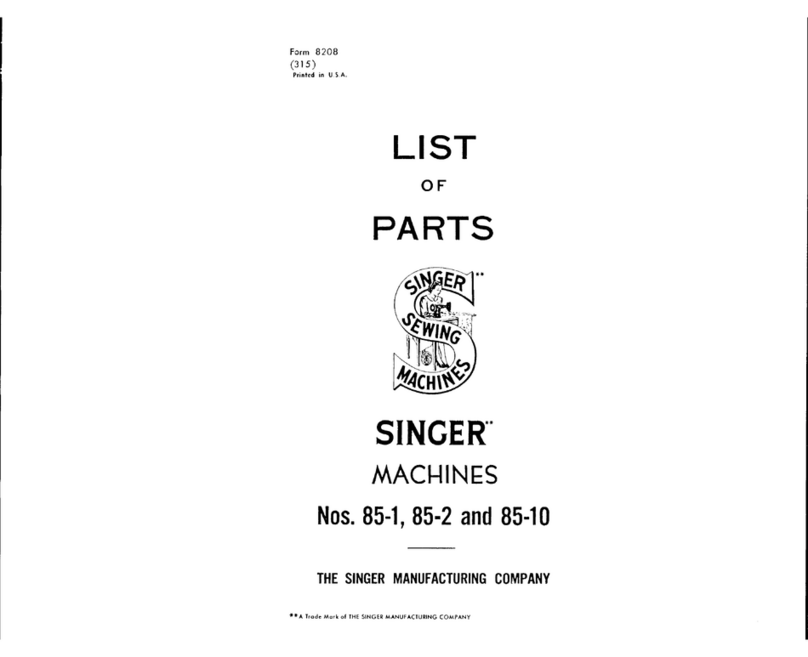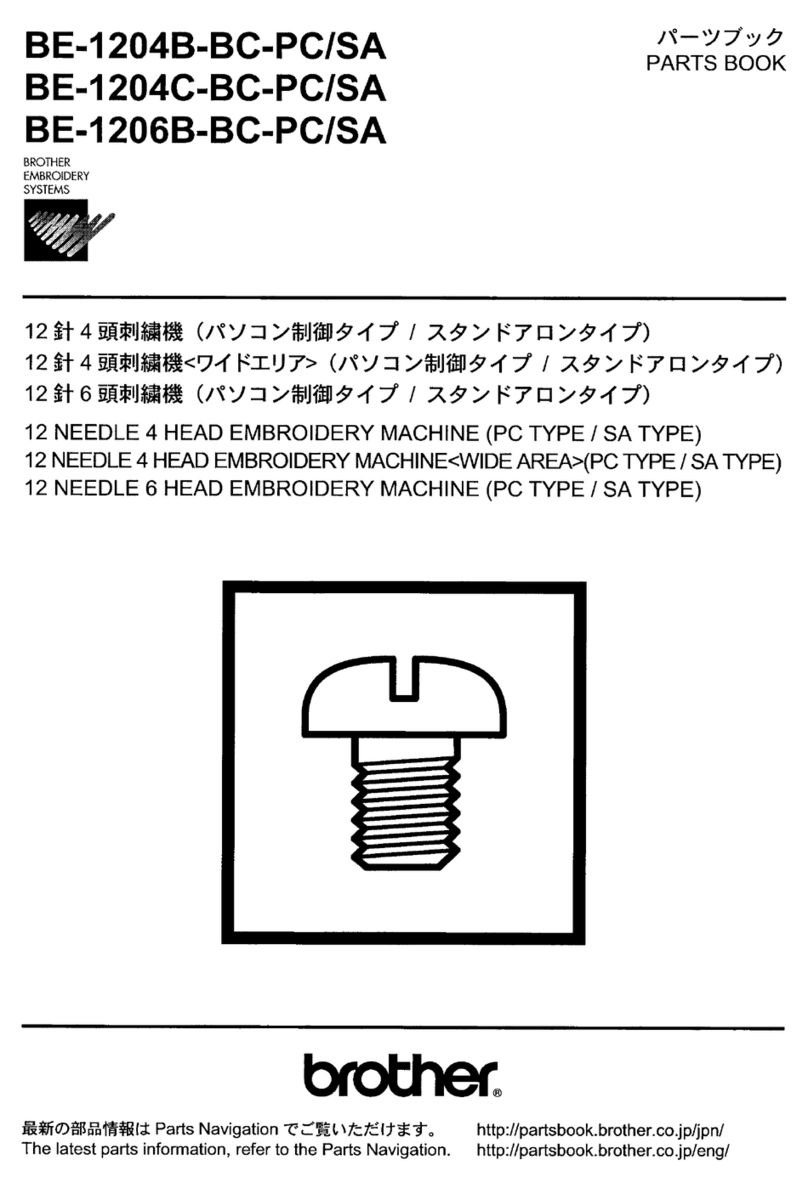Index
Contents ..................................................................................Page
1Proper use............................................................................................................................. 4
1.01 Using standard presser feet .................................................................................................. 4
2Controls ................................................................................................................................ 5
2.01 Puller functions ...................................................................................................................... 5
2.02 Aligning the puller .................................................................................................................. 5
2.03 Control panel.......................................................................................................................... 6
2.03.01 Symbols on the display .......................................................................................................... 6
2.03.02 Plus-minus keys ..................................................................................................................... 7
2.03.03 Function keys ......................................................................................................................... 7
3Commissioning .................................................................................................................... 9
3.01 Basic position of the machine drive ....................................................................................... 9
4Setting up ........................................................................................................................... 10
4.01 Entering the puller feed stroke (stitch length) ...................................................................... 10
4.02 Setting the puller pressure................................................................................................... 10
4.03 Entering the maximum speed ............................................................................................. 11
4.04 Entering the start and end backtacks................................................................................... 11
4.05 Setting the stitch counting function for the bobbin thread control....................................... 12
5Sewing ................................................................................................................................ 13
5.01 Manual sewing..................................................................................................................... 13
5.02 Programmed sewing............................................................................................................ 14
5.03 Error messages.................................................................................................................... 15
5.03.01 Description of the error messages ...................................................................................... 15
6Parameter input.................................................................................................................. 16
6.01.01 Example of how to enter the parameters............................................................................ 16
6.01.02 Selecting the user level........................................................................................................ 17
6.02 Parameter list....................................................................................................................... 18
7Service functions................................................................................................................ 27
7.01 Reset / Cold start ................................................................................................................. 27
7.02 Hardware-test ...................................................................................................................... 28
7.02.01 Test block 1 – inputs ............................................................................................................ 28
7.02.02 Test block 2 – outputs .......................................................................................................... 29
7.02.03 Test block 3 – speed control unit ......................................................................................... 29
7.02.04 Test block 4 – actual value transmitter .................................................................................30
7.02.05 Test block 5 – light barrier .................................................................................................... 30
7.02.06 Test block 6 – thread monitor (only on subclass -926/06) .................................................... 31
7.02.07 Test block 7. - puller ........................................................................................................... 31
7.02.08 Test block 8 – data transfer ............................................................................................... 32
8Circuit diagrams................................................................................................................. 33
